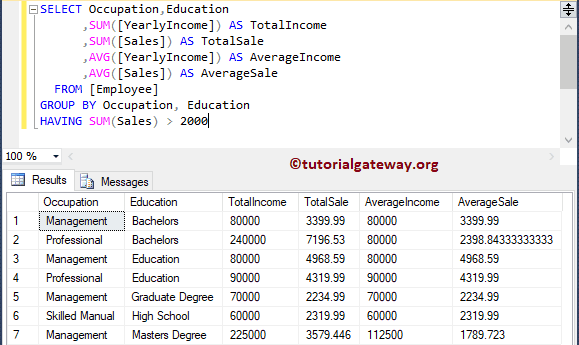

SQL SERVER RENAME COLUMN UPDATE
Hopefully the really clever Microsoft people will create this functionality in a Power BI update coming to us soon. If you have any ideas, please share in the discussion for this article.

I imagine there will be a more eloquent ways to achieve the similar effect. Conclusionįollowing the above steps gives you the option to display more relevant column names without creating an alias or pseudo columns. It’s a case of playing around with the spacing and column delimiter to find a ‘best fit’. Note: To get your column headers to display for your examples. My example string was: Month | Searches | Unique Searches | Users While still in the Formatter, Select Title and change the Font Colour to ‘White’. Enter into Title Text, the column headings as you wish they appear Change the Transparency slider to 0% and change the Colour to match the column header background colour. While still in Formatter, select: set Background toggle to on. Select Formatter and change the Column Header: ‘ Font colour’ to match the background colour. The example shows “MonthName” as Month and “Searches” instead of “ID”. I will show you a method that allows to you display whatever column headings you wish. Note the format of “MonthName” or the ambiguity of column name ‘ID’.

Sometimes the field names may not be relevant or not quite fit what you wish to show an ‘end-user’. Dont we have another option to remove the replication instead of removing and recreating the column. In Power BI, column headings are generated using Field names from the dataset. That is correct - you cant rename columns, however what you can do is to add a new column with the new name, update this column to have the same values as the old column, then drop the old column. I created the table visual below with the default column headings So while we wait (and hope) for the feature to be added … here is one idea for a “work around”! The Problem It appears lots of people would like to see this functionality added. The internet advised me … there are currently no options to change column header names for a Table/Matrix visual. For example, the following expressions returns the year component of the OrderDate column value (to return a numeric value).After working with Power BI for a few days, I got stumped when attempting to edit the Column Headings on a Table Visual. Simple logic implies uncomplicated operations, possibly including the use of M functions that have equivalent functions in the SQL data source, like mathematic or text manipulation functions. Non-fuzzy merging of fold-able queries based on the same source (JOIN clause).Īppending fold-able queries based on the same source (UNION ALL operator).Īdding custom columns with simple logic (SELECT column expressions). Grouping and summarizing (GROUP BY clause).Įxpanding record columns (source foreign key columns) to achieve a join of two source tables (JOIN clause). Renaming columns (SELECT column aliases).įiltering rows, with static values or Power Query parameters (WHERE clause predicates). Generally, the following list describes transformations that can be query folded. It can also contain column expressions (calculations) that use common built-in functions supported by SQL databases.

A SELECT statement can be constructed with appropriate WHERE, GROUP BY, and JOIN clauses. Relational data source transformations that can be query folded are those that can be written as a single SELECT statement. Hi, DirectQuery, e ach DirectQuery storage mode table must be based on a Power Query query that can be folded.


 0 kommentar(er)
0 kommentar(er)
